Analog and Digital Motor Control
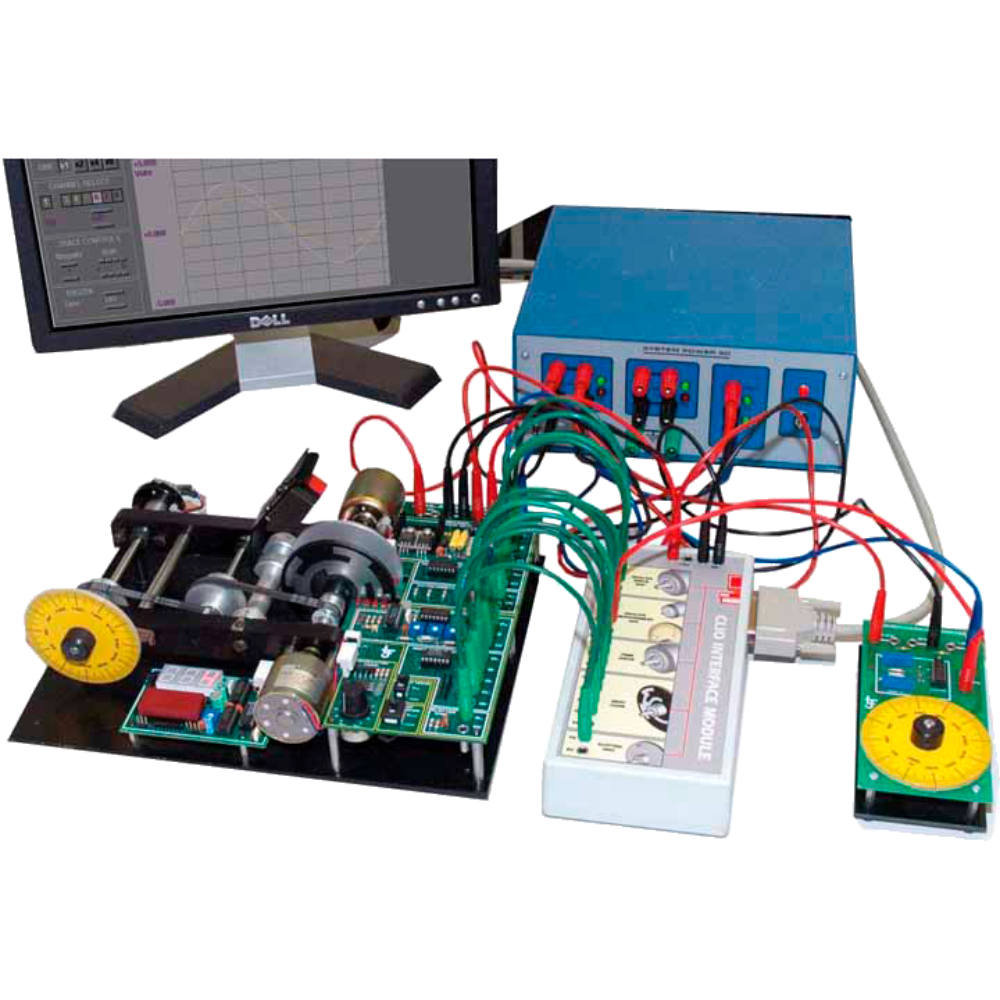
Order Code: 23246952.2
Category: General Lab Equipment II
Topics include: The Digital Storage Oscilloscope Transient and Steady State Response Proportional Speed Control ...
SPECIFICATION
|
Topics include: |
|
|
|
|
|
|
|
|
|
|
|
|
|
|
|
|
|
|
|
|
|
|
|
|
|
Typical activities include: |
|
|
|
|
|
|
|
|
|
|
|
|
|
|
|
|
|
|
|
The Virtual Control Laboratory software should allow the control and monitoring of a DC motor module and command potentiometer, and it must includes the following items: |
|
|
|
|
The software must allows the user to divide the screen into four independently configurable sections: |
|
|
|
|
|
Items supplied with this Teaching Set should include: |
|
|
|
|
|
|
|
Standard Accessories: The equipment / instrument which are required to carry out the required experiment should come under standard accessories. The following accessories should be supplied along with this equipment: |
|

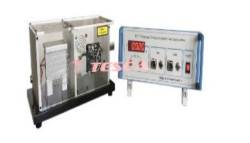


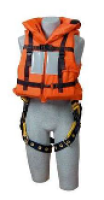
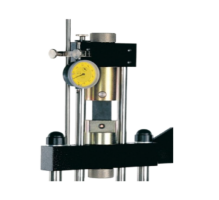
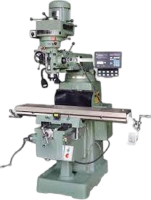

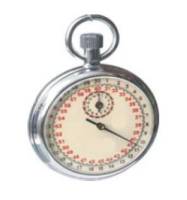
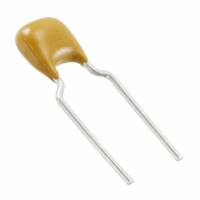

 91-9829132777
91-9829132777